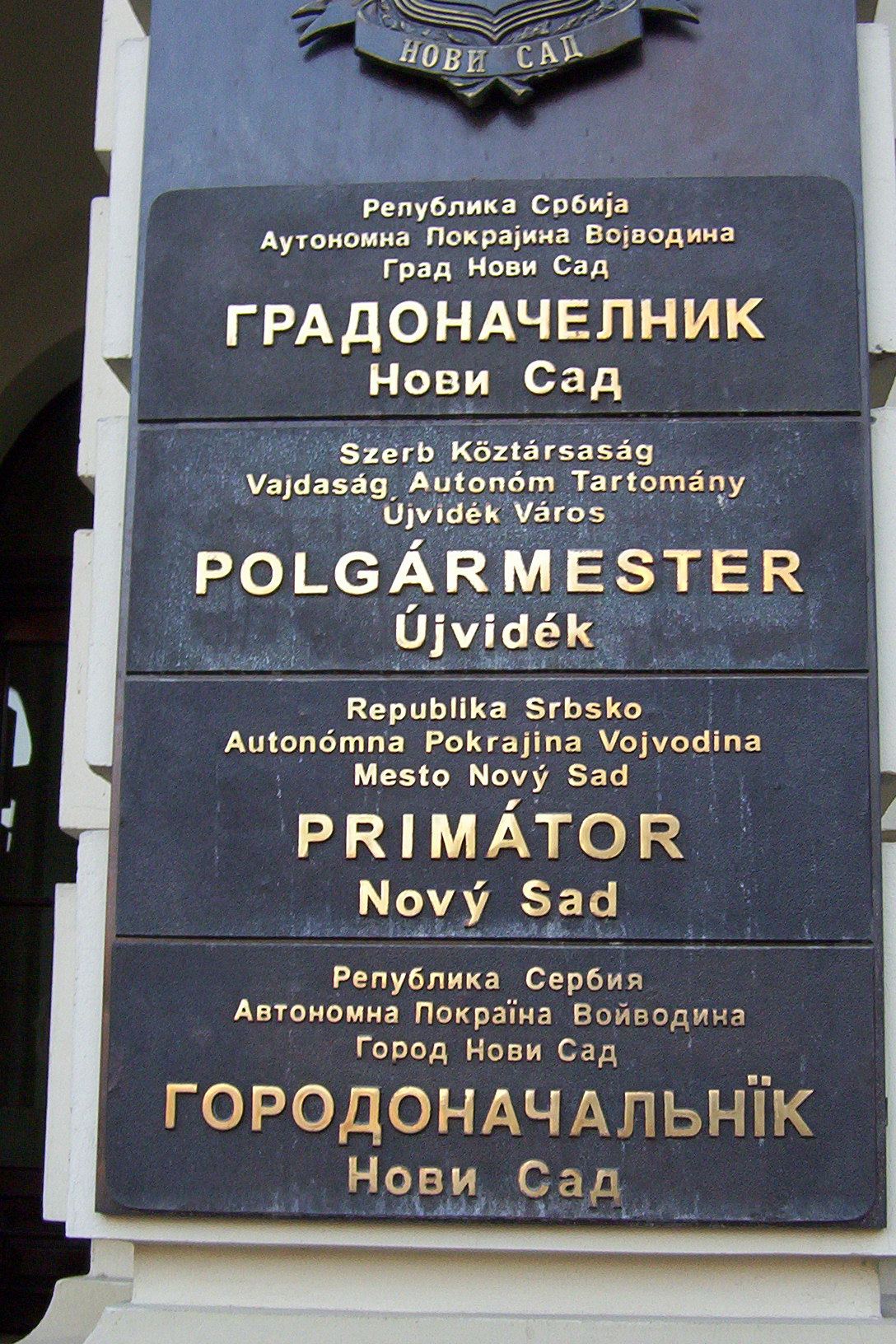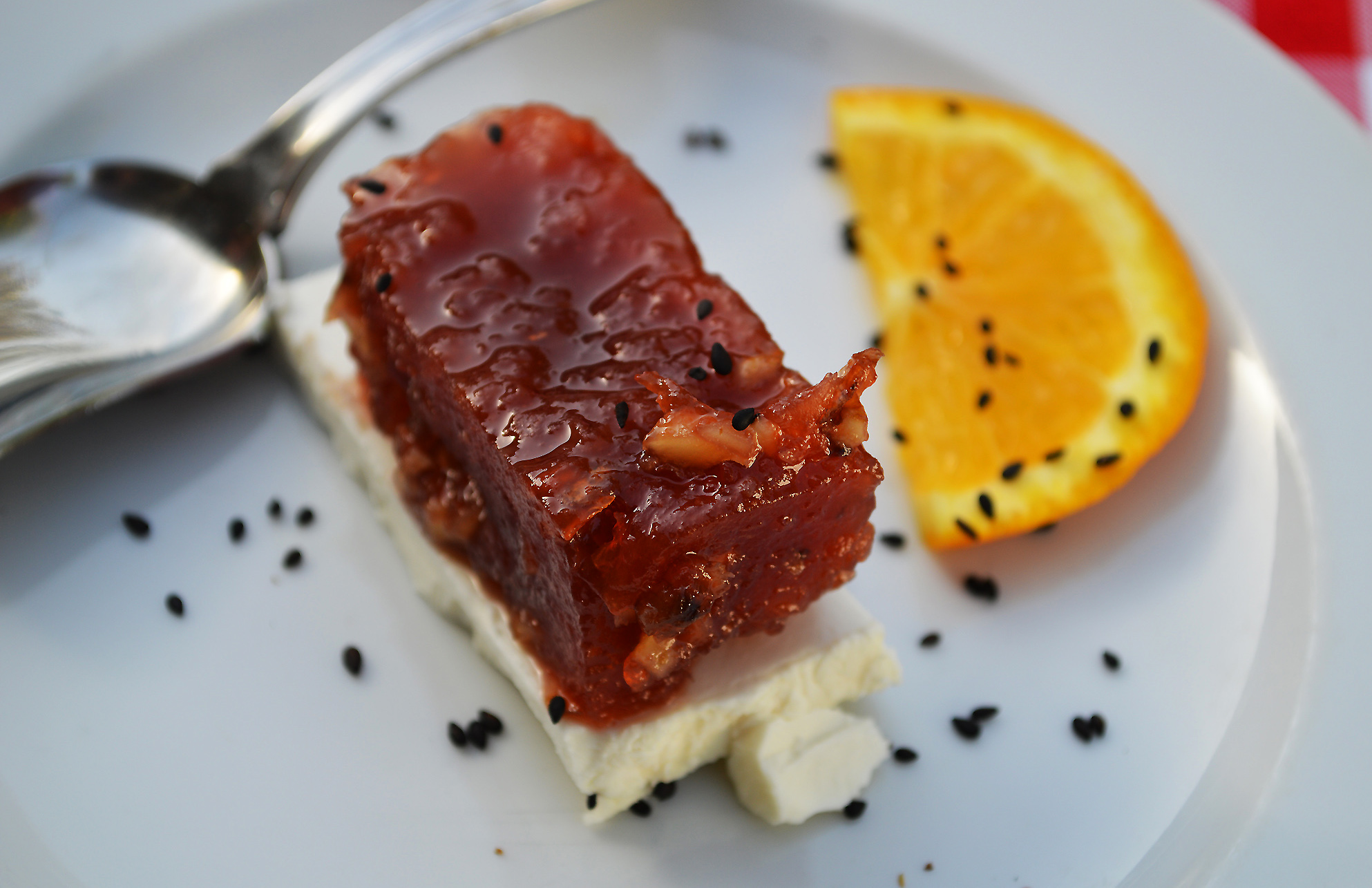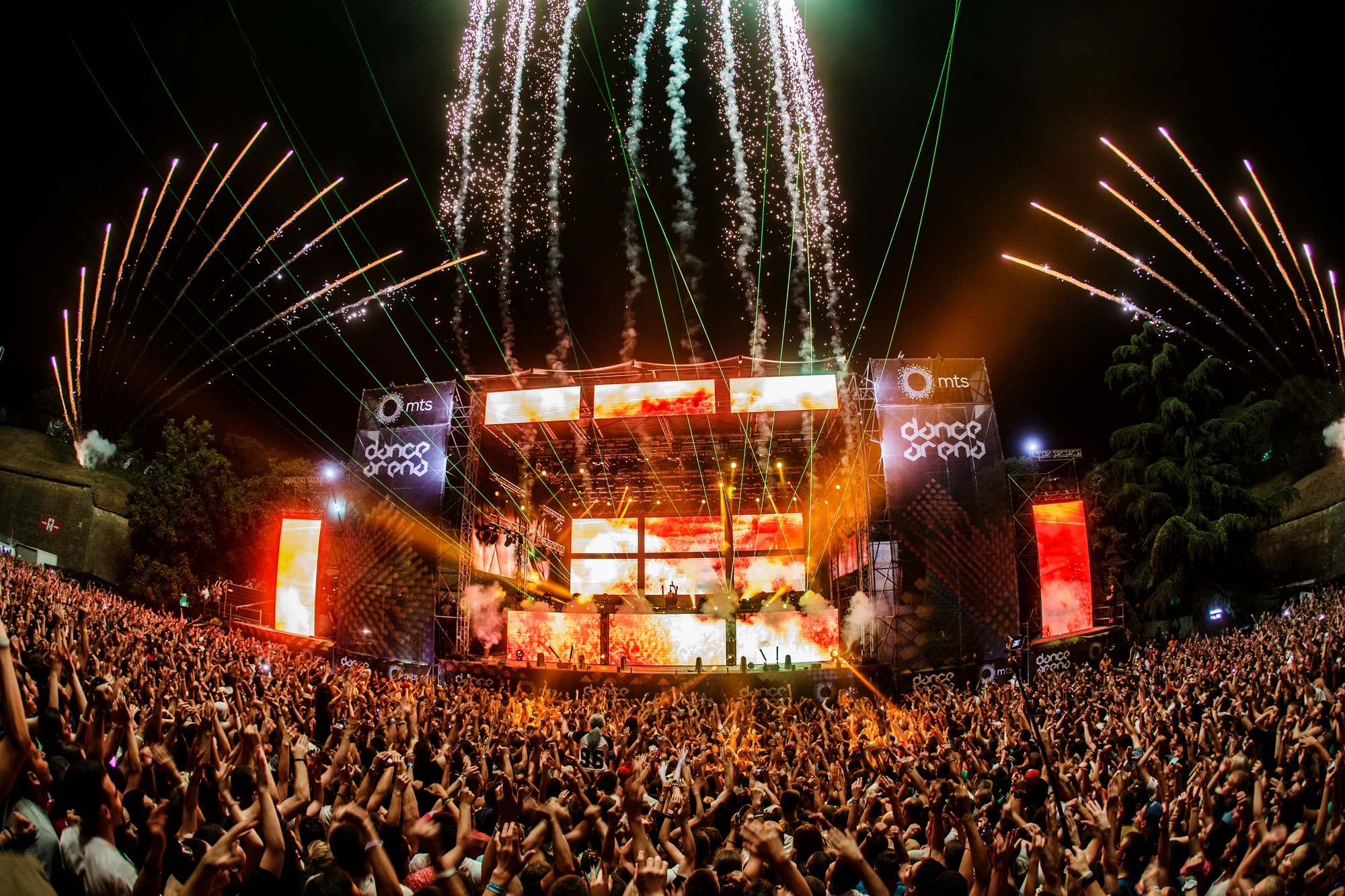By Žikica Milošević
What is actually typical for Vojvodina is its geographical position right in the middle of Europe. OK, from the Western point of view, the centre of Europe is perhaps Switzerland, with its equally multireligious and multiconfessional and multi-language society. But it cannot be further away from the truth. Since the centre of Europe is in the Western Ukraine, close to Lviv (Lvov, Lwów, Lemberg, call it what you like), it means that Hungary, Poland, Transylvania, Moldova, Odeschyna and Vojvodina are actually very close to the “middle ground” of this continent. And as in Transylvania and Odessa Oblast, the spirit of “convivencia” is what characterises Vojvodinians.

GIFT OF BEING IN THE MIDDLE
Or it is a curse? Anyway, the whole of Serbia has always straddled East and West, not only in a geographical sense, but also politically and culturally, as some say, and we gladly repeat. Vojvodina has always been between the Byzantine and Roman empires, then it became a frontier between the Ottoman Empire and the Christian West. Migratiuons towards Vojvodina and settlements were a constant characteristics that made all of us “natives”. Just like in Australia or Canada, or Siberia. The result? A multiethnic, multicultural and multiconfessional society in Serbia.
Fist of all, the line between the two big confessions of Europe was carved through Vojvodina, and the Orthodox and Roman Catholic religions were present here right from the start of the schism. And then, since the land was pretty emptied after the Turkish wars, the Calvinists, Lutherans, Armenian Christians, Greek Catholics and many other denominations, including Jews and recently even Muslims again, found their place here. The fact that every denomination has its church and that every village possessed like, 4 churches, is astonishing for many visitors. The fact that almost half of the street signs are bilingual, and every city and village sign is such, without people even noticing it, is also quite astonishing. You can, walking down the streets of Novi Sad, Subotica or Kikinda, hear a lots of different languages, and no wonder why recently a huge Russian, Ukrainian, Francophone and Arab communities are being formed in Vojvodina, especially in Novi Sad. It is easier to be different when everybody is different. Strange accent will not make you a stranger here. Nor the fact that you speak one language with one person in the company, and the other with others. Or you switch easily between them. “Call me a pot, just don’t break me!” says the old proverb.

NOT ONLY LANGUAGES, IT IS CUISINE TOO!
The beautiful mixture and laid back attitude towards the “unhealthy” food is marked in cuisine of Vojvodina, which is full of meat and fat, in order to shelter you from harsh winters, supposedly. The delicacies include domaća šunka (ham), slanina (bacon), paorski čvarci (peasant pork crackling), švargla (brawn – meat jelly with pieces of head of pig or calf), sremske kobasice (Srem sausages), slovački kulen (Slovakian kulen – spicy sausage) and Sombor cheese, Švapski cheese (‘German cheese’, white cottage cheese) or Banat cheese, as well as Syrmian (sremski) cheese. Hungarians made us lovers of goulash anmd paprikash and the German influence is visible meat (rinflajš) but especially in sweets (strudel with poppyseed) šnenokle (whipped-egg snowballs) or so. If you like to chill, use rakija or wine, or go fishing on the calm rivers. If you want some fun, listen to tamburaši and bećarci (songs with cheerful verses which are just a little bit “naughty”). Vojvodinians are sometimes sad and calm, but like to joke. And they like to walk and cycle. Don’t make a fuss, we would say here. Everything will come to its place. Eventually.
